Codfish in Portugal: a Christmas tradition for more than 500 years.
In Portugal,'bacalhau' and turkey have been the ubiquitous stars of Christmas since the 16th century, both having arrived on Portuguese tables from afar in different ways, and today provide a beautiful and characteristic combination.
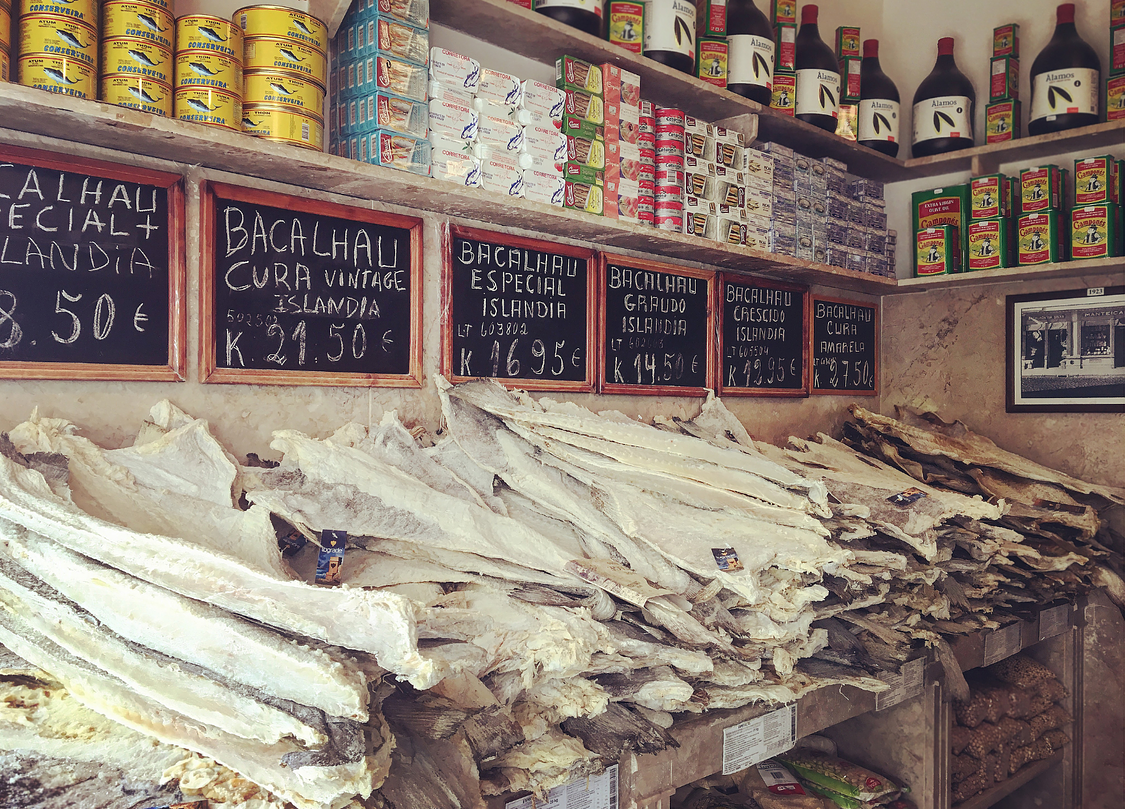
Posted on Thu 8 Dec 2022 · by Gloria Dall'Orto
Swedish Protestant priest Carl Israel Ruders recounts in his book 'Viagem em Portugal' that the turkey was very much in vogue in those days and says that at Christmas time turkey sellers crowded the main squares of Lisbon with the birds hanging from a stick by their feet upside down, conveying a striking image, but just as cruel in our days much more sensitive to animal rights.
The turkey arrived in Portugal during the era of the 'Descobrimentos', i.e. following the discovery of the Americas, and immediately appeared on the most sumptuous Christmas tables of the nobility, the rich bourgeoisie and the clergy.
The turkey, which in English corresponds to the name of a nation, namely Turkey, in Portugal is named after another nation, this time from South America, 'Peru', ideally identifying the bird's origin in that distant country.
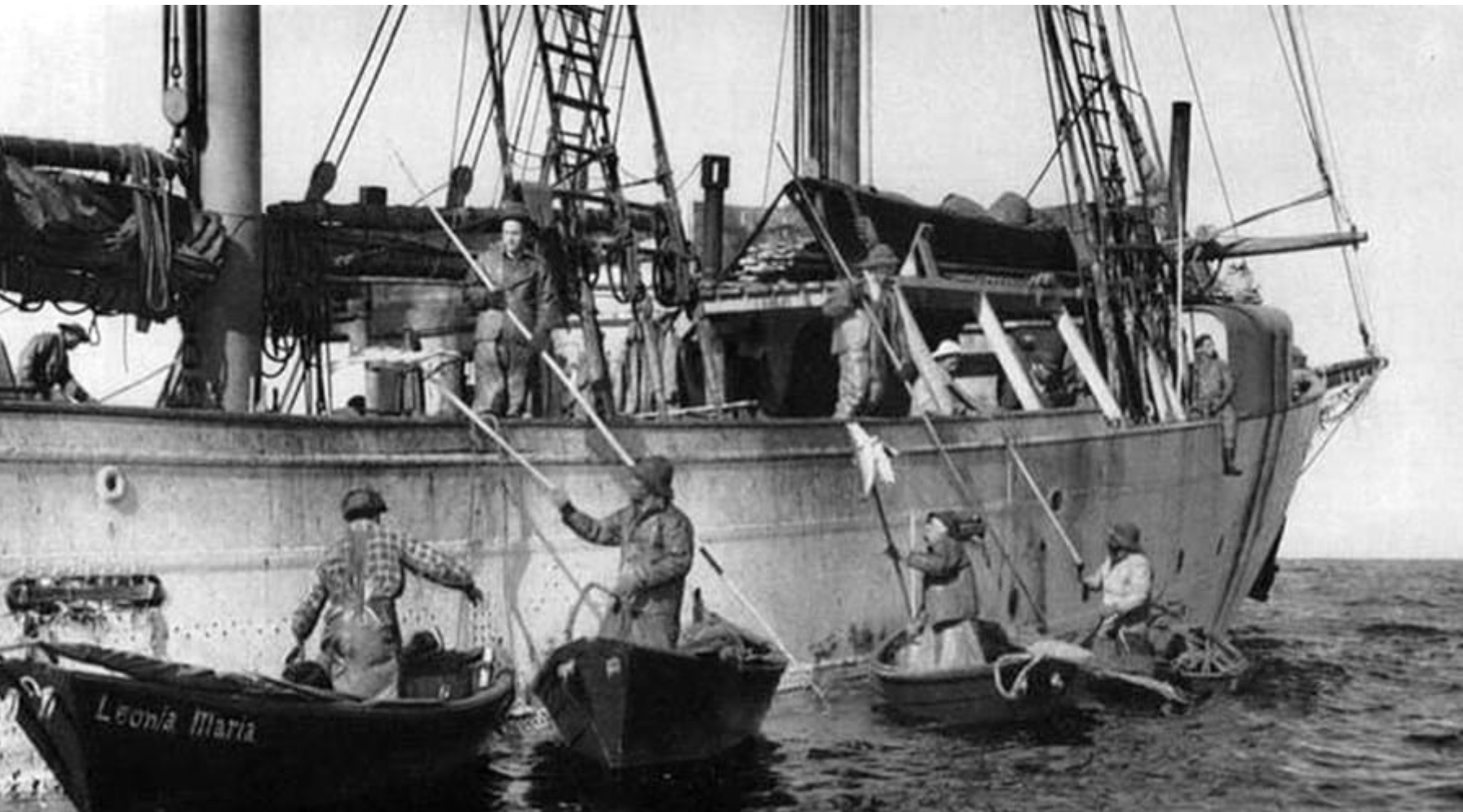
But being times when the Catholic religion imposed codes of behavior that also affected the eating habits to be good believers, the question arose of avoiding the consumption of meat until midnight mass, the so-called 'Missa do Galo', after which one could open the dances of sumptuous libations.
For this reason, preference was given to fish and seafood, but given the difficulties of fishermen to go out to sea in December, with often adverse weather conditions, it meant that codfish became the favorite food of Christmas Eve dinner in order to respect tradition among both the wealthy and the poorer classes. Codfish is believed to have been a tradition in Portugal for more than 500 years, so closely linked to the country's history that it has been sympathetically called 'fiel amigo'.
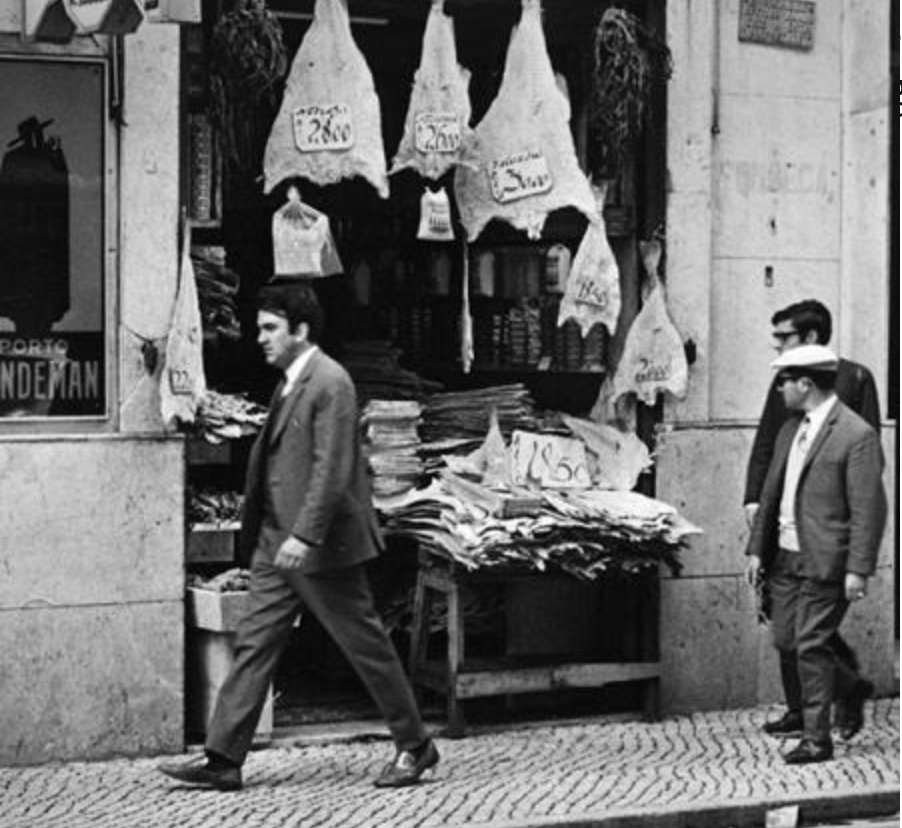
Virgilio Nogueiro Gomes, a fine Portuguese Chef and writer, states that this tradition began in the 'Minho region first, where codfish arrived initially', i.e. northern Portugal. The Algarve, on the other hand, much less historically influenced by the Catholic Church, was able to replace turkey with capon, if not even pork!
It is worth noting that while turkey first imposed itself on the tables of the rich and then spread to the rest of the country, codfish became the traditional dish of the commoners.
The article on the site explains well that turkey was a symbol of power and opulence, while 'bacalhau' was a symbol of penitence, without much status for a long time, also referred to as 'o pão dos mares' (bread of the seas).The so-called 'bacalhau com todos', a very common recipe, requires that the codfish is accompanied with cabbage, vegetables and bread. The potato only arrived later during the 19th century. (click here to see the video-recipe of Vitor Sobral).
It is said that there are as many codfish recipes as there are days in a year. In fact, recipes with codfish are countless. Many fine books inspired by codfish have been written; in Portuguese, we recommend, for example: ' Bacalhau com Todos' by Maria Antónia Goes, 'As Minhas Receitas de Bacalhau 500 Receitas' by Vítor Sobral ( E-book available), 'Arquitectura do Bacalhau & Outras Espécies' by André Tavares and Diego Inglez de Souza.
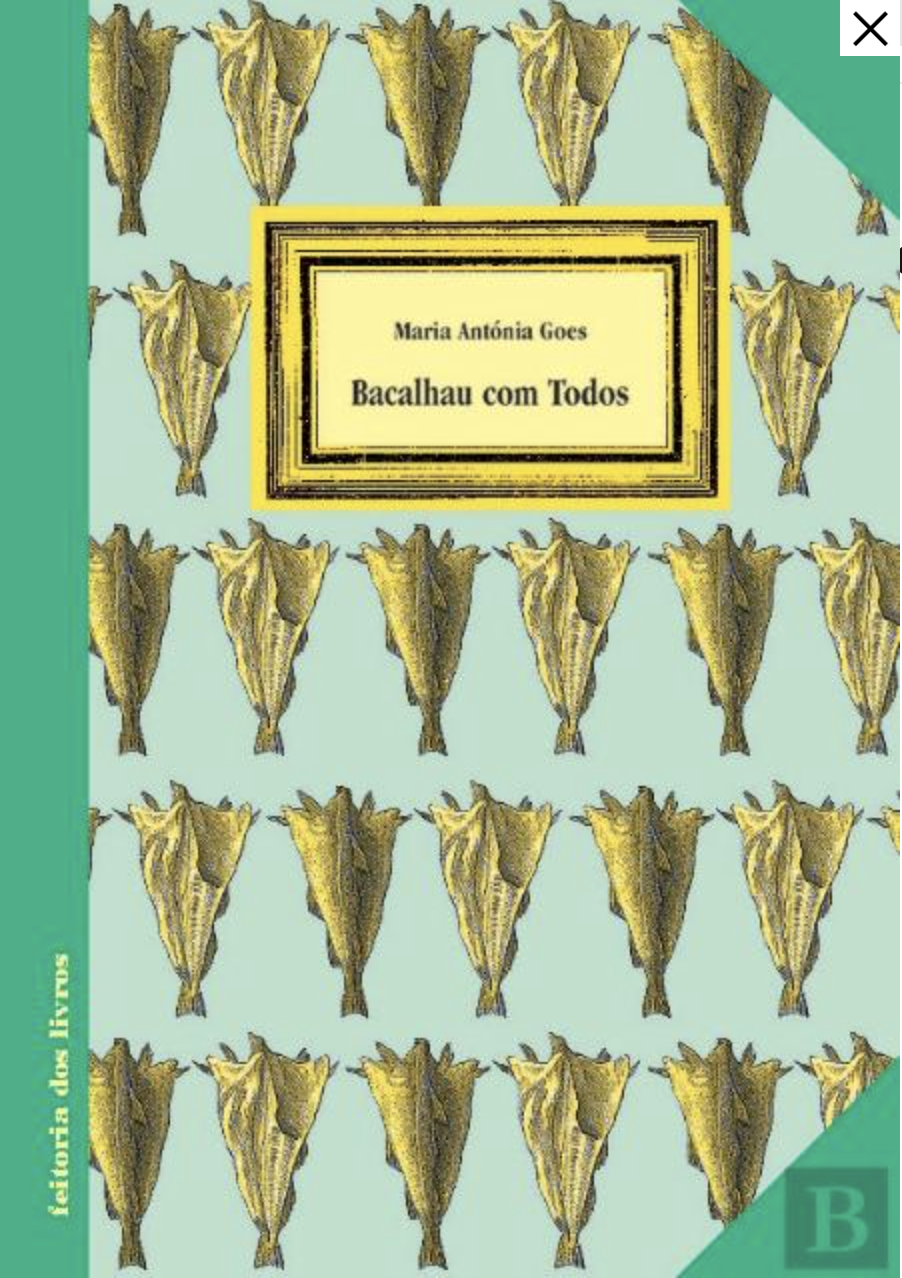
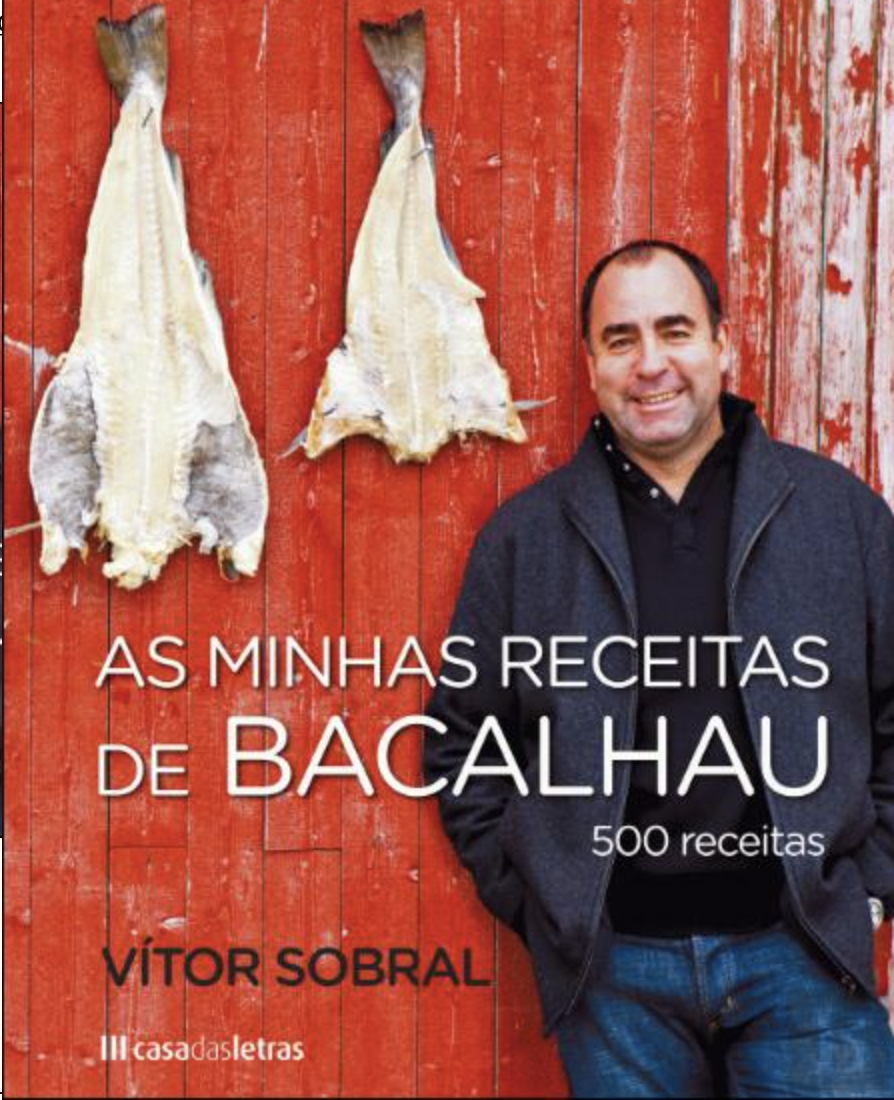
In English and with the well-known typical British humour we simply adore, we suggest Charlotte MacLeod's book, nice as Christmas present: 'The Convivial Codfish'.
As we cannot exhaust everything there is to know on the subject of 'Bacalhau' here, look forward to reading the next post soon!
